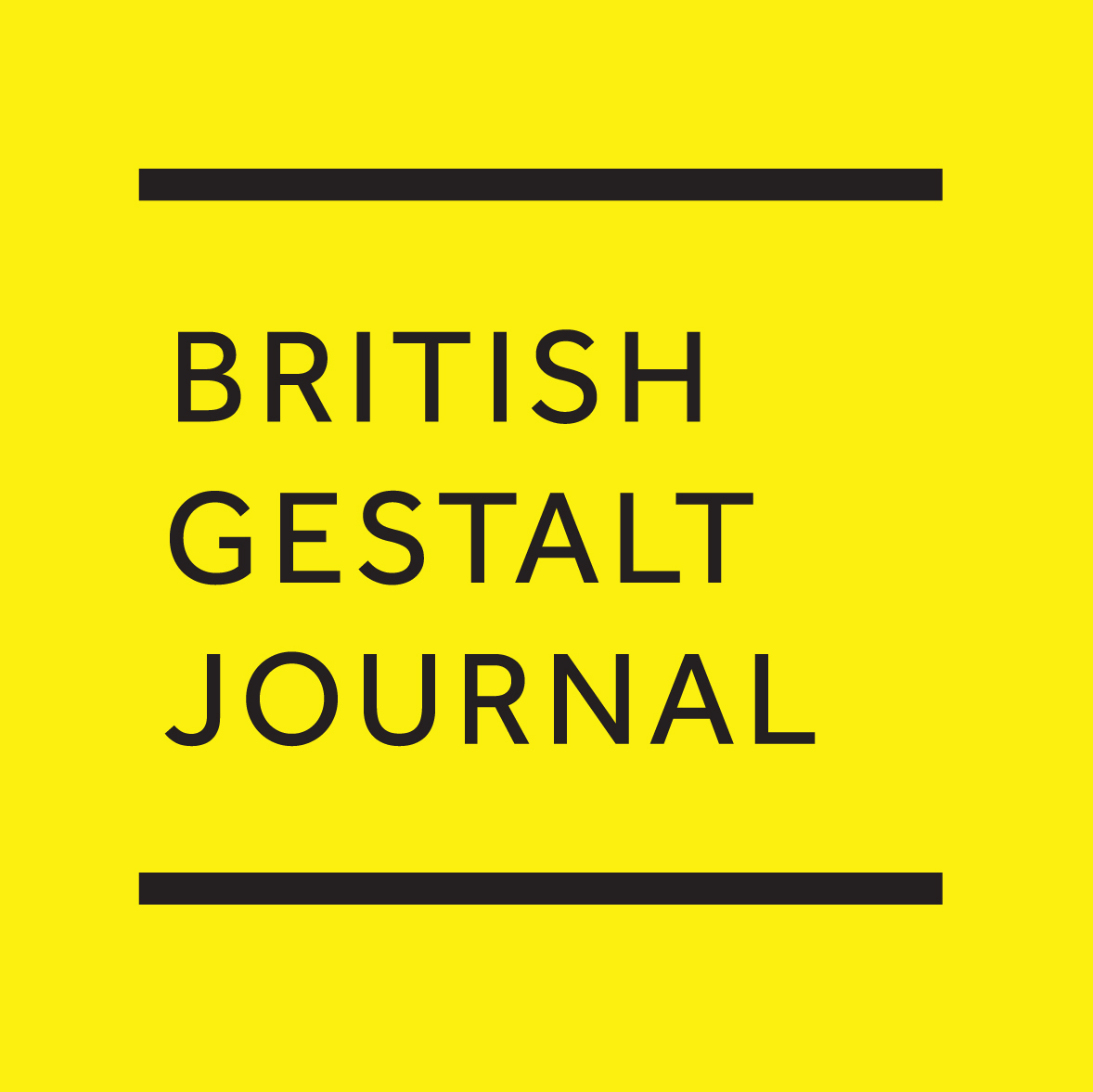Vol 19, 2 (2010)
Vol 19, 2 (2010)
doi.org/10.53667/MCTN6010
BRITISH GESTALT JOURNAL 2010, VOLUME 19, 2
CONTENTS
Editorial - Christine Stevens
Paradoxical themes of development: the case of developmental theory in Gestalt therapy - Bruce Kenofer
‘Inocencia’: case study of a transgender woman without gender dysphoria preparing for gender reassignment surgery - John L. Bennett
Contact as first reality: Gestalt therapy as an intersubjective approach - Frank-M.Staemmler
The liminal space and twelve action practices for gracious living 34 - Sally Denham-Vaughan
Undoing the shame spiral: working with a narcissistic client trapped in a self-hating depression - Elinor Greenberg
Editorial
Editing the British Gestalt Journal is a major collabor¬ative undertaking. The process is not without its chal¬lenges and difficulties. One of the privileges of the job, however, is that through correspondence with authors and submitted papers, we are able to gain a wide overview of what is currently preoccupying Gestalt therapists and practitioners across the world. Often shaped by dialogues within the wider fields of psycho¬therapy and organisational development and inspired by current practice, Gestalt writing is flourishing. We are delighted to be able to publish in this journal some of the most interesting and well-developed contempor¬ary articles across a wide range of subjects in the field of Gestalt practice. This issue is a good example of this spread. There is a rich mix of theoretical discussion, case study, review, argument, clinical practice and the very personal. Arguably, there is something here for everyone and much to ponder on and engage with.
With John Bennett, we turn to a sensitive and nuanced case study which explores the limitations of ‘gender dysphoria’ as a model for working with a transgendered client. Bennett gives an in-depth account of this work and asks significant questions about what self integration means in terms of the client’s own experience. Case studies are currently receiving renewed attention as an important and recognised method of evidence-based research. In his recent book, John McLeod (2010) discusses a range of approaches to case study, and some of these, in particu¬lar the pragmatic model, merit closer study by Gestalt therapists.Ithink this methodin particular has muchin common philosophically and clinically with Gestalt therapy practice and opens up exciting possibilities of cross-modal, evidence-based dialogue (see Fishman, 2005). Our dialogical, relational, reflexive training as Gestalt therapists has a significant contribution to make to the development of the methodology of this rigorous, practice-based research approach. We would like to publish more case studies in the BGJ and encourage established therapists as well as trainees to explore this possibility as a way of continuing their professional development.
In a succinct theoretical paper, Frank Staemmler argues that although the term ‘intersubjectivity’ is not found in the original formulation of Gestalt therapy, the radical importance given to ‘contact’ contains the seeds of intersubjectivity, which have since then been further developed within the social sciences. Staemmler cites the work of a number of theorists and discusses their contributions, including Vygotsky’s work on interior¬ity, making connections with new developments in Gestalt thinking as well as demonstrating continuity with the original founding ideas.
Elinor Greenberg is known for her clear, practical and clinically-relevant writing on aspects of therapy prac¬tice, and this article is a good example of her work. Using her case notes, she describes in detail her way of working with a client she has diagnosed as narcissisti¬cally depressed, and analyses what made a difference in the work. Drawing on her clinical experience, she extrapolates some guidelines for practice for therapists to consider.
British Gestalt Journal, Vol 17.2 (2008). Danny Porter reviews a new overview of Gestalt therapy written by Phil Brownell. For the first time in the BGJ, we include colour illustrations in Kathryn Morris-Roberts’ very personal opinion piece exploring her experience of self exposure using creative expression in the form of drawings. We are pleased to be able to include an aspect of Gestalt therapy work that is widely practised but under-represented and hugely under-documented in Gestalt writing.
Writing this editorial is virtually the last task before the issue goes to press and represents some degree of closure for us as an editorial team, although of course work is already well underway on the following issues. We are excited to see articles of all kinds being sub¬mitted, and although we are unable to publish every¬thing we receive, we are committed to ensuring authors receive good quality, formative feedback and are pleased to be able to support and encourage newer writers in the process of preparing and submitting papers. We always welcome short responses in the form of letters to the editor, and hope that more of you will feel inspired to write up some of your clinical practice in the form of case studies.
Christine Stevens
References
Fishman, D. B. (2005). Editor’s introduction to PCSP – from single case to database: a new method for enhancing psychotherapy practice. Pragmatic Case Studies in Psychotherapy, 1,1, pp. 1–50. See: http://pcsp.libraries.rutgers.edu
McLeod, J. (2010). Case Study Research in Counselling and Psycho¬therapy. Sage Publications, London.
Letter to the editor
The same and different: a response to Georges Wollants - Peter Philippson
Book review
Danny Porter A thought-provoking journey through familiar and unfamiliar
territory: a review of Gestalt Therapy: A guide to contemporary practice by Philip Brownell
Opinion
Kathryn Morris-Roberts Exposing the self through creative expression

